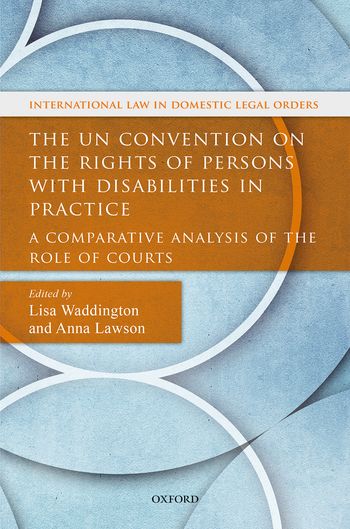
Introduced in 2008, the UN Convention on the Rights of Persons with Disabilities has existed for nearly a decade. Examining how different countries apply the Convention, this comprehensive study delineates the differences between thirteen jurisdictions. The first sustained comparative international law analysis of the CRPD, Waddington and Lawson's groundbreaking text illuminates this intersection between human rights law, disability law, and international law.
The book concludes with comparative chapters drawing on the rich analysis from the jurisdiction-specific chapters, reflecting on emerging patterns of judicial usage and interpretation of the CRPD and on the wider implications of the for human rights theory and the nascent field of international comparative human rights law. This volume is a vital and thought-provoking addition to the literature.